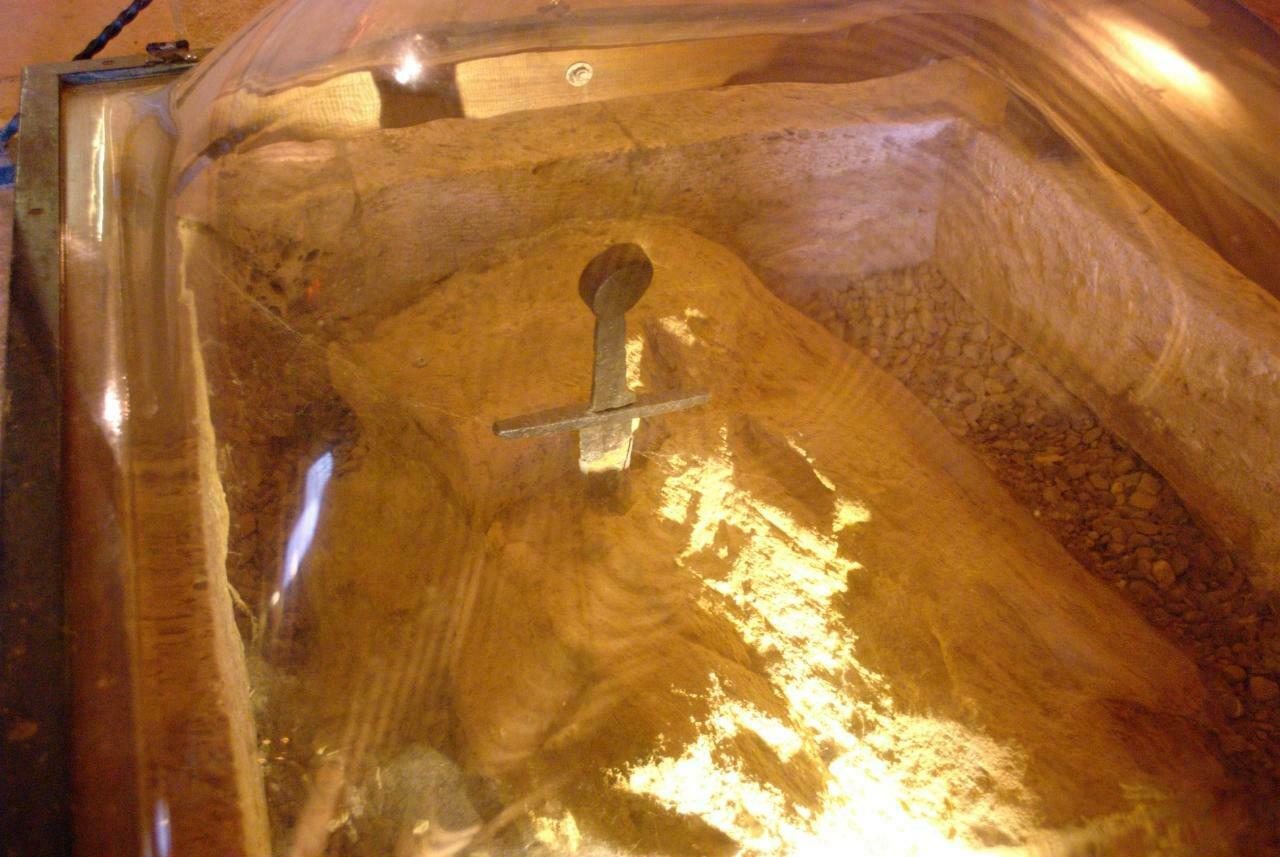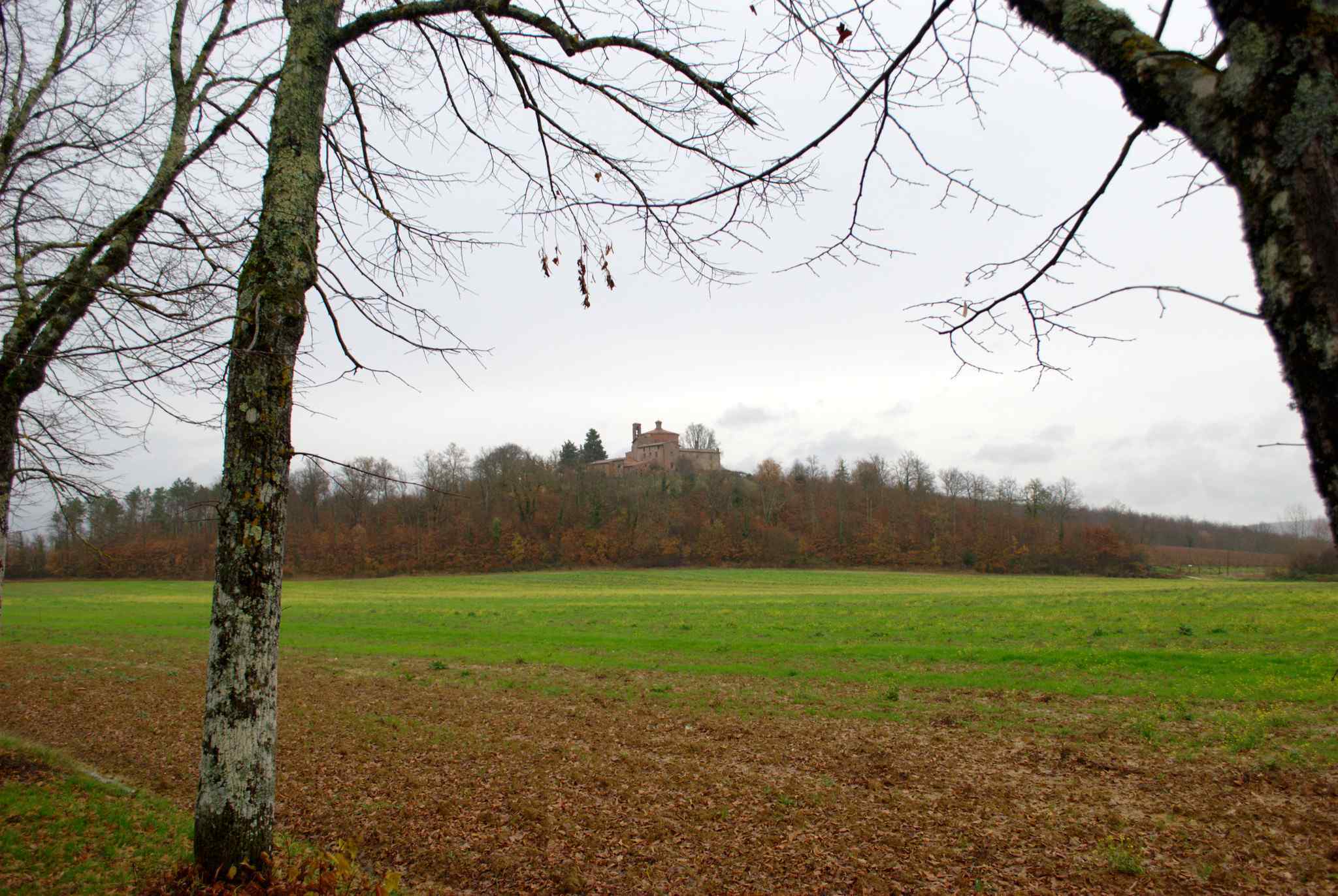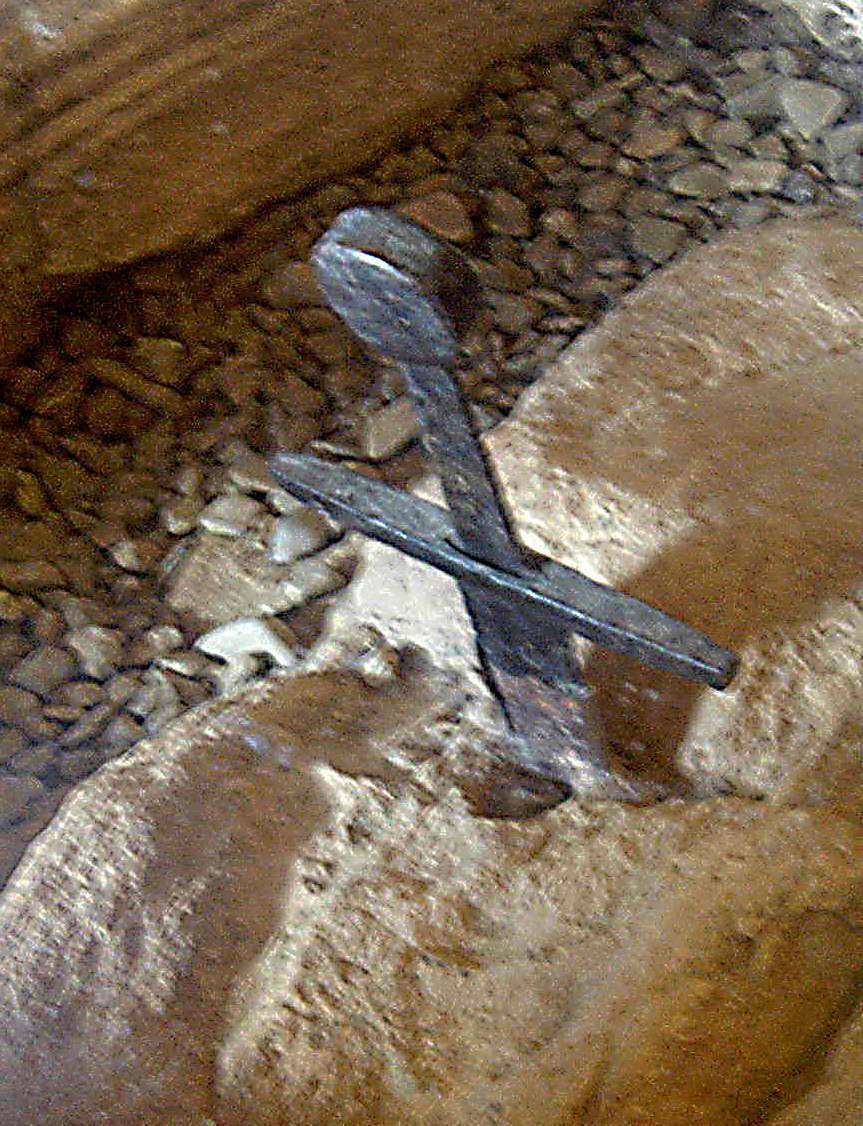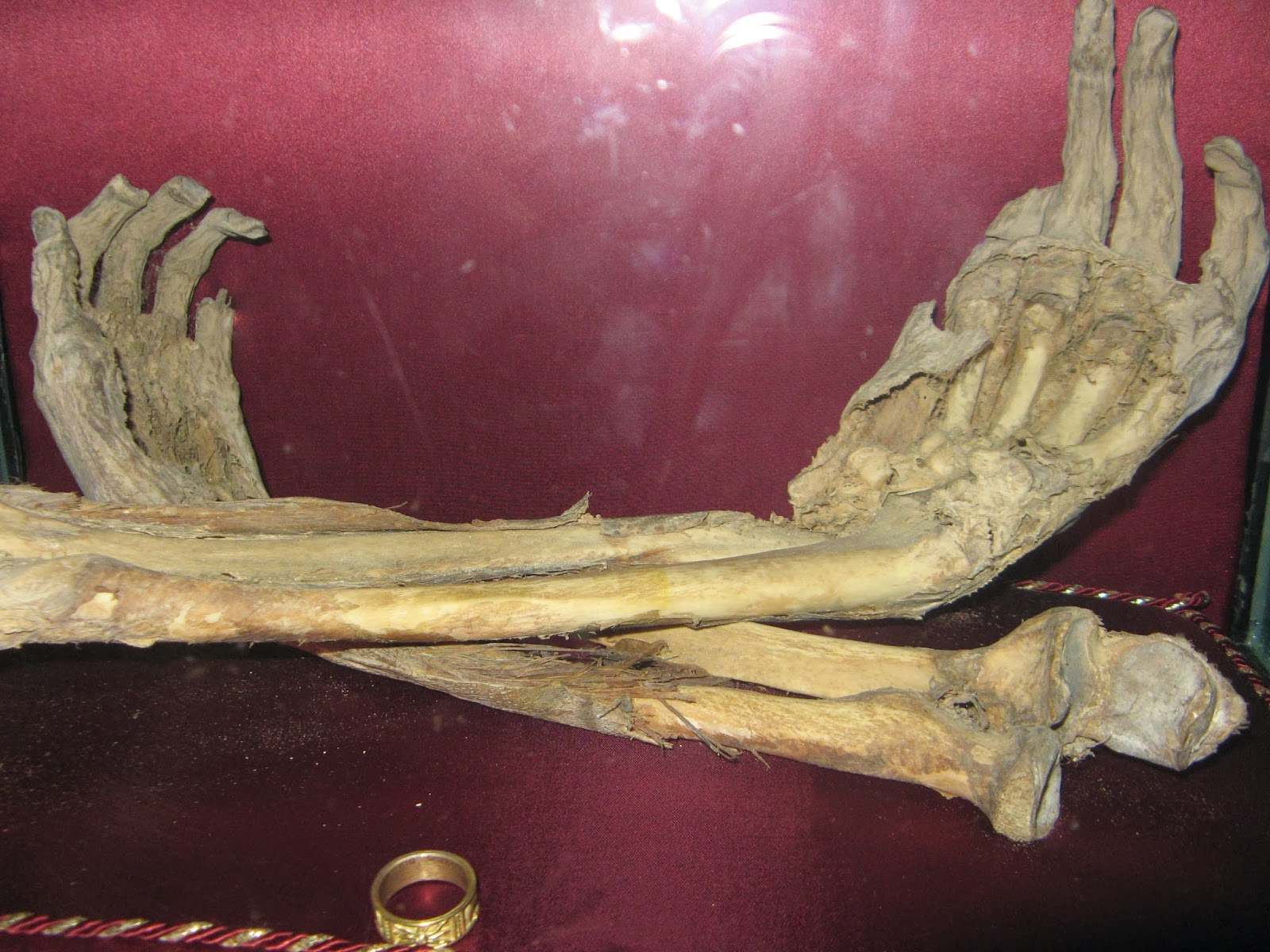The Legendary Sword in the Stone of San Galgano is a medieval sword embedded in a stone in the Chapel of Montesiepi, located in the beautiful Tuscany of Italy. However, this is not a reference to the legend of King Arthur , but to the real story of a saint.

The legend of King Arthur and his stone sword is one of the most well-known British legends. The legendary King Arthur, according to legends vanquished the Saxons and founded an empire that included Great Britain, Ireland, Iceland, and Norway. The knights were the men who received the highest Order of Cavalry at court, and the table they sat at was circular with no headboard, symbolising equality for all.
The sword in the stone

The Excalibur, according to legend, was a magical sword carved into a rock by an ancient king and could only be removed by by the one who would rule over Great Britain. Many others attempted to move her, but none succeeded. When young Arthur appeared, he was able to effortlessly pull it out. Upon this he was then crowned and ascended to the throne.
The Chapel of Montesiepi

A similar, though lesser-known, story can be found in a church in rural Chiusdino, a small municipality in the province of Siena, Italy’s Tuscany region, and which many attribute as the source of inspiration for British legend. The Chapel of Montesiepi was built in 1183 by order of the Bishop of Volterra. It is characterized by the round pattern made of bricks.
Both walls of the dome express a symbolism that recalls memories of Etruscans, Celts and even Templars. This church was built in memory of San Galgano and is decorated with an abundance of mysterious symbols and details that relate to the solar calendar and its main attraction is the “sword in the stone” the sword is embedded in the stone protected by a fiberglass dome.
Galgano Guidotti

In fact, the church’s history is closely linked to a knight, Galgano Guidotti, who buried his sword in a stone, intending to use it as a cross to pray and made a promise to God that he would never again lift his weapon against no one, and afterwards he lived as a hermit for eleven months in the deepest of devotion and humility.
Galgano was from a family of nobles, and lived his youth frivolously and known for his arrogance. Over the years, he began to realize his way of life and felt anguish for not having a purpose in life. Galgano’s radical conversion took place in 1180 when he was 32 years old and had a vision of the Archangel Michael, who, incidentally, is often portrayed as a warrior saint.
In one version of the legend, the angel appeared to Galgano and showed him the way to salvation. The next day Galgano decided to become a hermit and live in a cave located in the region, to his mother’s despair. His friends and family thought he was crazy and tried to persuade him of the idea, but to no avail.
His mother asked him to go visit his fiancée first and let her know what he was going to do. She was hoping the bride could change his mind as well. Passing by Montesiepi, his horse suddenly stops and stands on its hind legs, knocking Galgano to the ground. This was interpreted by him as a warning from heaven. A second vision ordered him to renounce material things.
Another version of the legend says that Galgano questioned the Angel Michael, saying that giving up material things would be more difficult when sharing a stone with a sword and to prove his point, he slashed a nearby stone with his sword, and to his surprise, it opened up like butter. A year later, Galgano died, in 1185 and 4 years later he was declared a saint by the Pope. The sword is preserved as a relic of St. Galgano.
For centuries, the sword was thought to be a forgery, until a survey in 2001 revealed that it was an authentic object, with the metal composition and style of a sword created in the 12th century BC.
Ground penetration radar investigation found a cavity of 2 metres by 1 metre beneath the stone with the sword, which is most likely the knight’s remains.

Two mummified hands have been discovered in the Montesiepi chapel, and carbon dating has revealed that they are from the 12th century. Legend has it that anyone who tried to remove the sword would have their hands severed.




